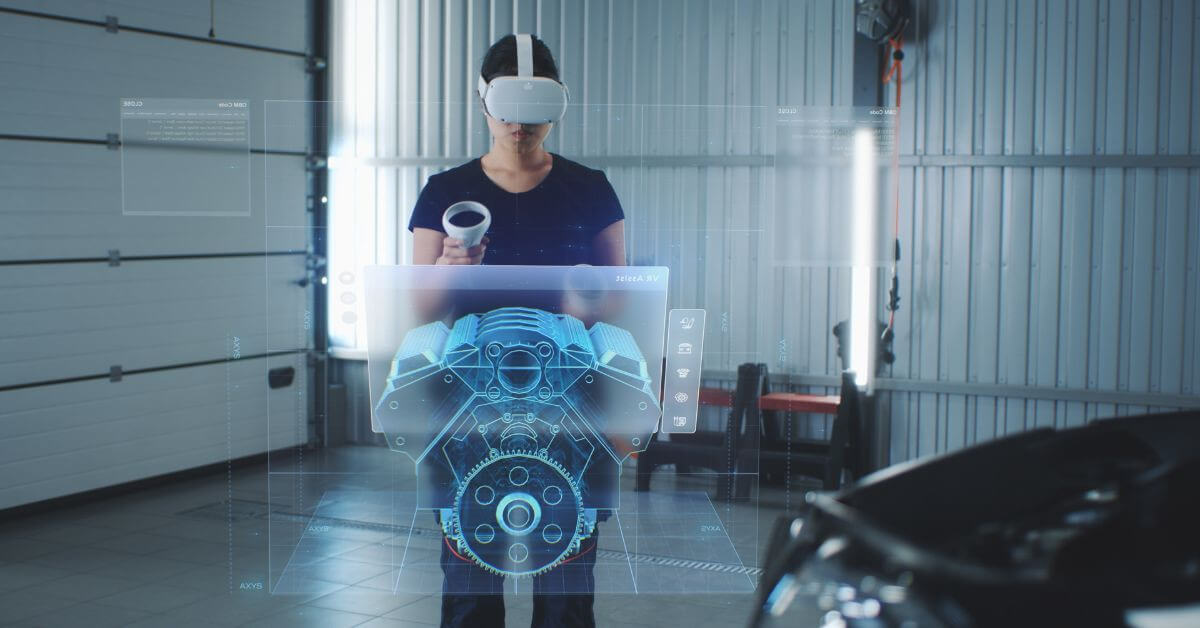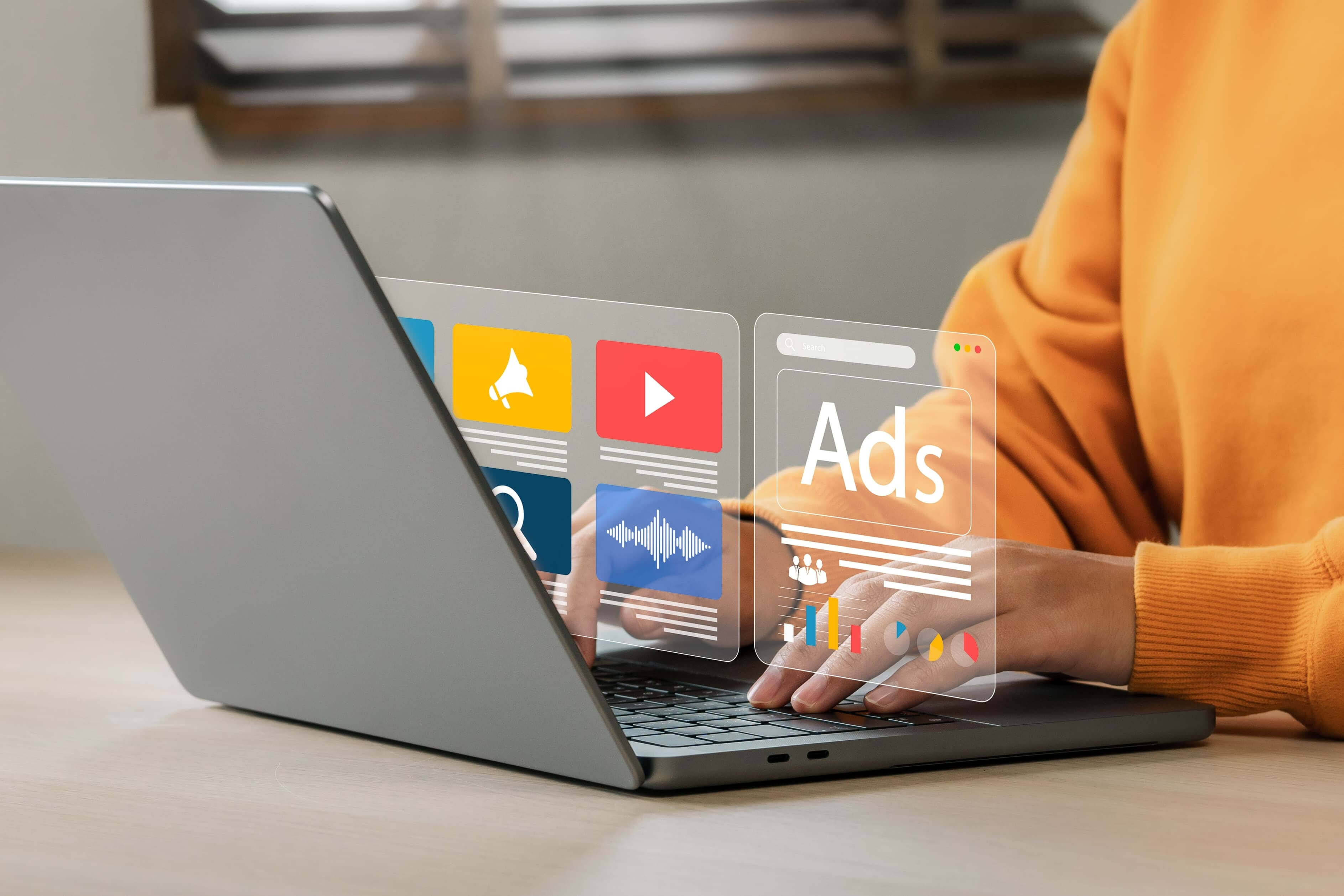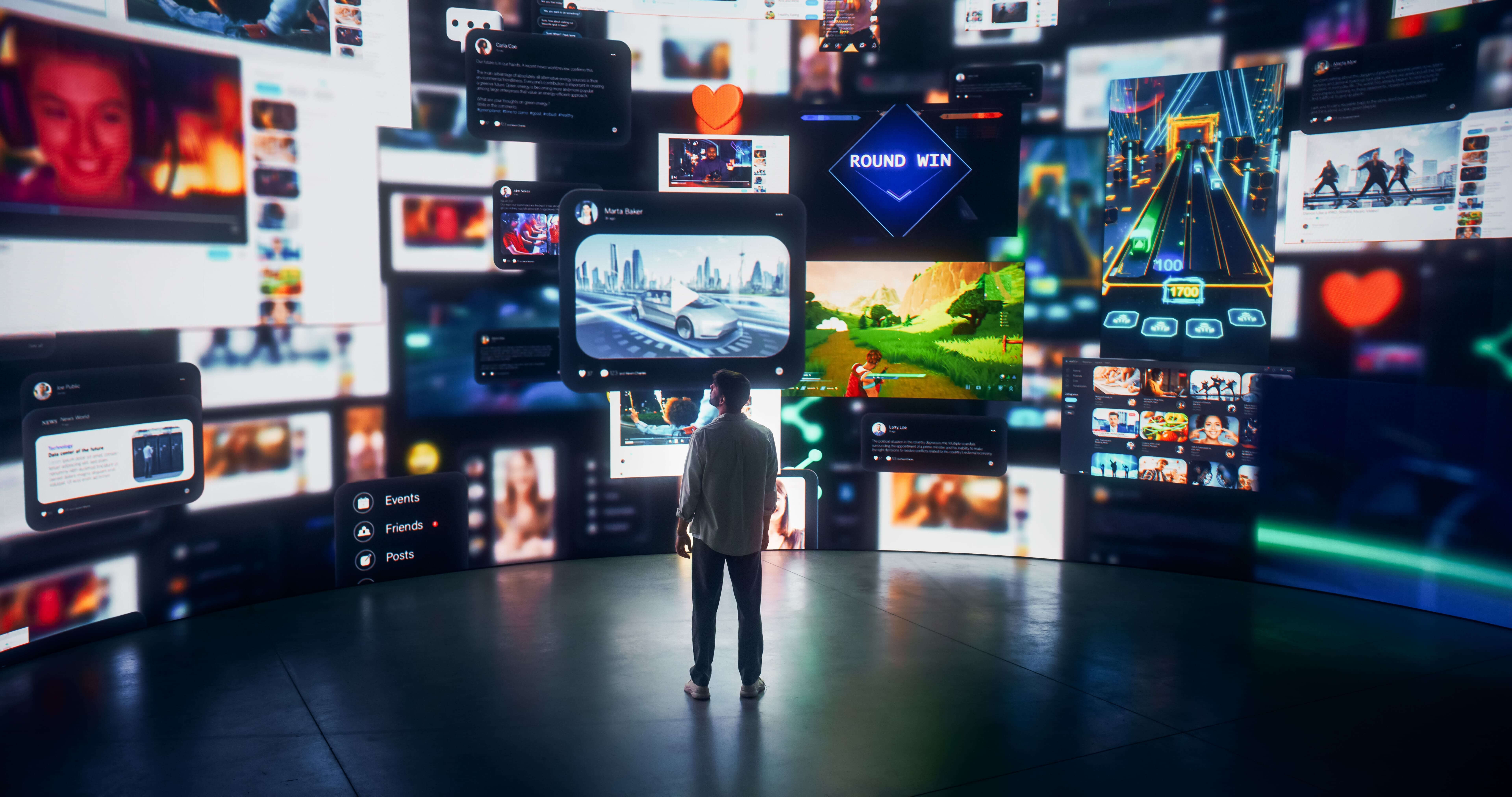In the fast-evolving landscape of event planning, technology continues to offer new ways to enhance the experience for both organizers and attendees. One of the most exciting developments in recent years is the integration of Augmented Reality (AR) into event planning and management tools. This innovative approach not only simplifies logistical aspects but also elevates the attendee experience, making events more interactive and engaging. In this post, we explore how AR is being used in event planning tools and the benefits it brings to the industry.
Enhancing Visualization and Planning
1. Real-Time Space Planning
AR technology allows event planners to visualize event setups in real-time within the actual venue. Tools like AR-enabled apps can project potential layouts over the current environment, helping planners to see how different configurations will look. This can be particularly useful for optimizing the use of space and for adjustments before the event goes live, ensuring that everything fits perfectly and looks exactly as intended.
2. Interactive Venue Tours
AR tools can provide potential clients with a virtual tour of the venue, equipped with interactive elements such as information hotspots or simulated event setups. This not only helps in marketing the venue but also aids clients in making informed decisions without the need for physical visits.
Improving Engagement and Interaction
1. Enhanced Attendee Experience
During the event, AR can be used to create interactive experiences that engage attendees. For example, AR apps can bring posters or event schedules to life, displaying additional information or animations when viewed through a smartphone. This not only makes the event more fun and engaging but also provides a layer of digital interaction that can complement the physical experiences.
2. Gamification of Events
AR is a powerful tool for gamifying events, encouraging participation through virtual treasure hunts or AR-based challenges within the event space. This not only makes the event more enjoyable but also facilitates networking as participants work together or compete in challenges.
Streamlining Operations and Feedback
1. Instant Information Access
AR can be used to give staff and attendees instant access to information about the event. By scanning an area or an object within the venue, users can retrieve information about the schedule, speaker profiles, or even directions within the venue, which enhances the user experience and reduces the workload on staff.
2. Real-Time Feedback
Interactive AR features can encourage real-time feedback from attendees, allowing event organizers to gauge the success of different aspects of the event as it happens. This immediate data can be invaluable for making on-the-fly adjustments and for planning future events.
Conclusion
The incorporation of AR into event planning and management tools is transforming the industry by enhancing both the planning process and the attendee experience. These tools not only simplify the visualization and setup of events but also add a layer of interaction and engagement that was previously unattainable. As technology continues to advance, the potential for AR in event management is boundless, promising even more innovative ways to plan and execute memorable events. For event professionals looking to stay at the cutting edge, embracing AR tools could be the key to delivering next-level events.




